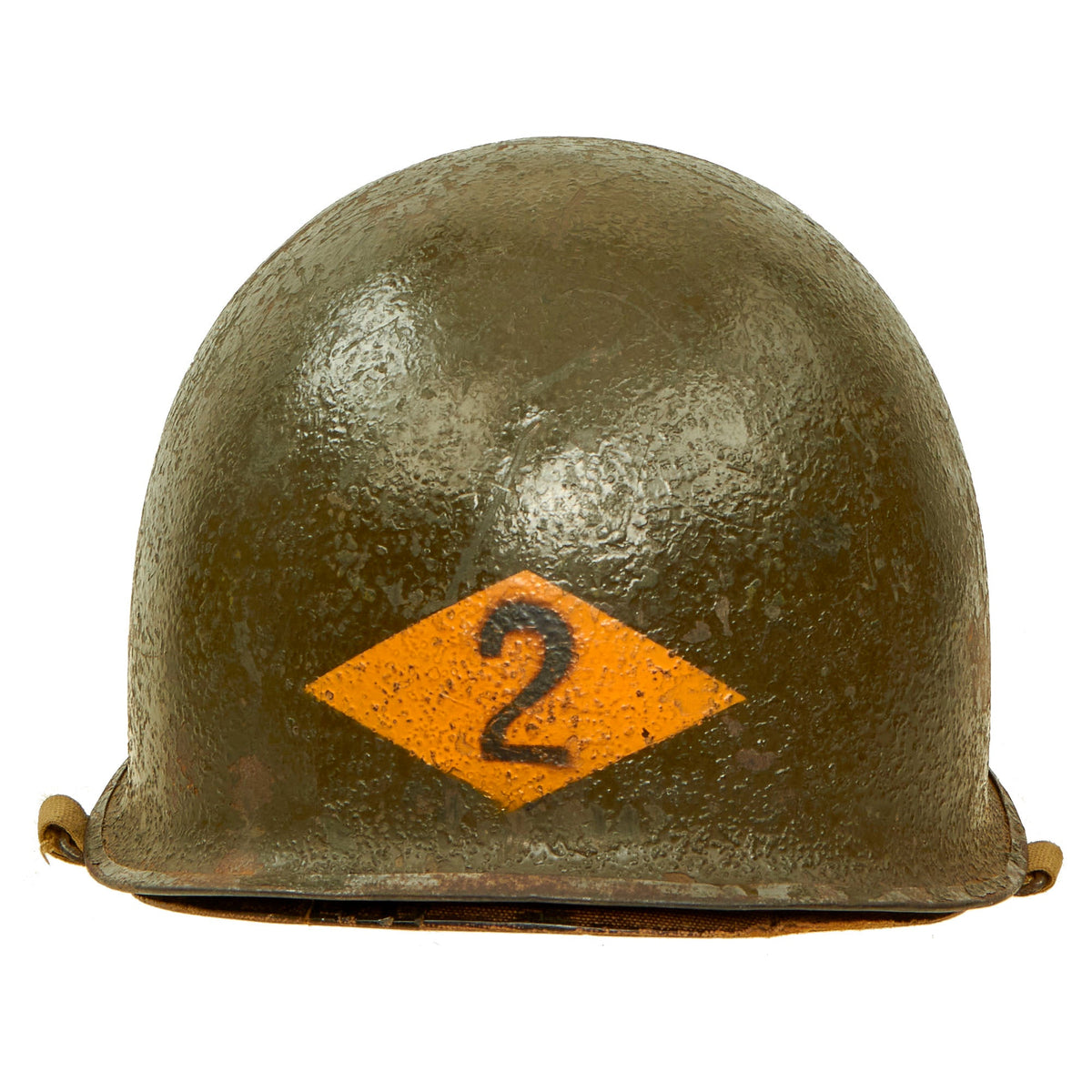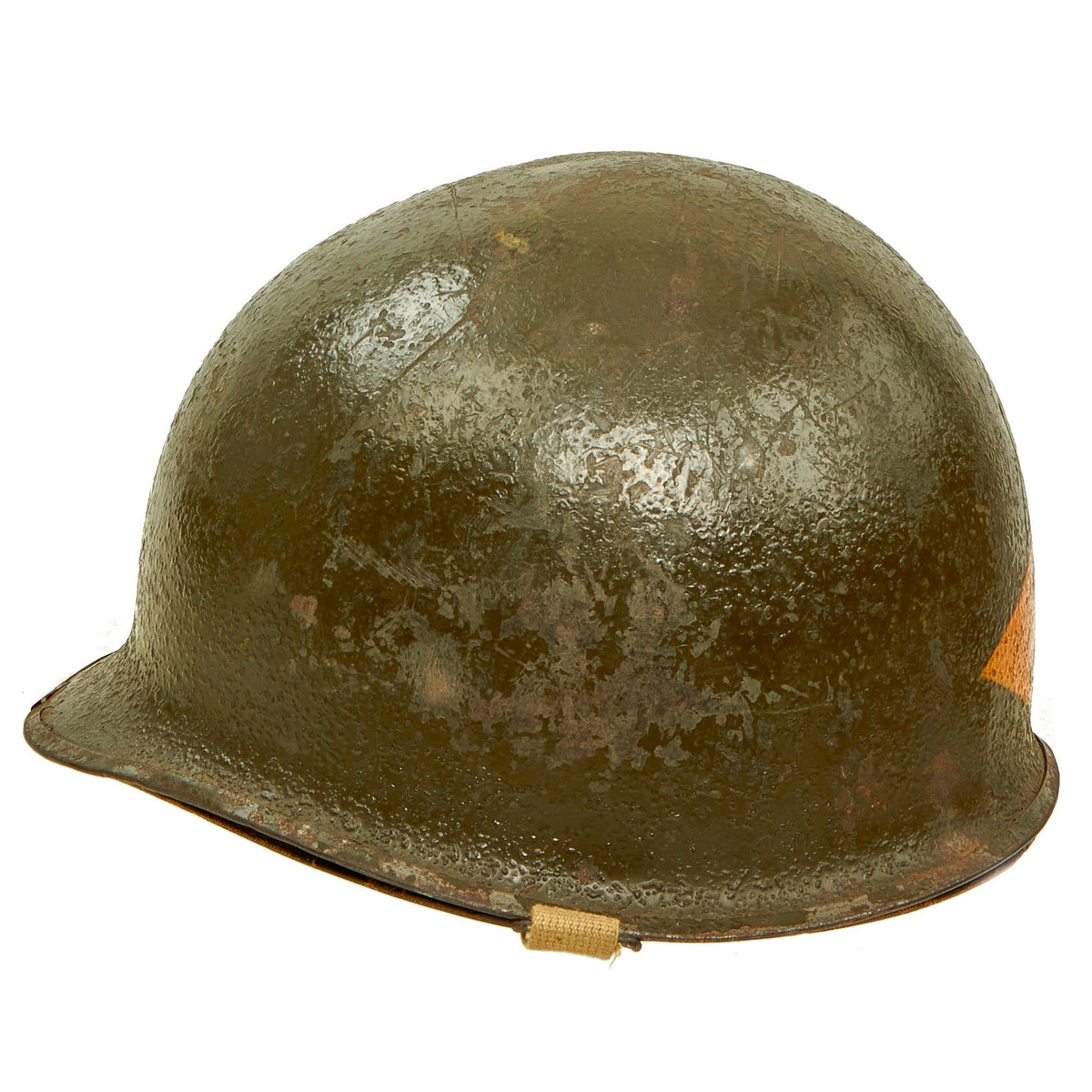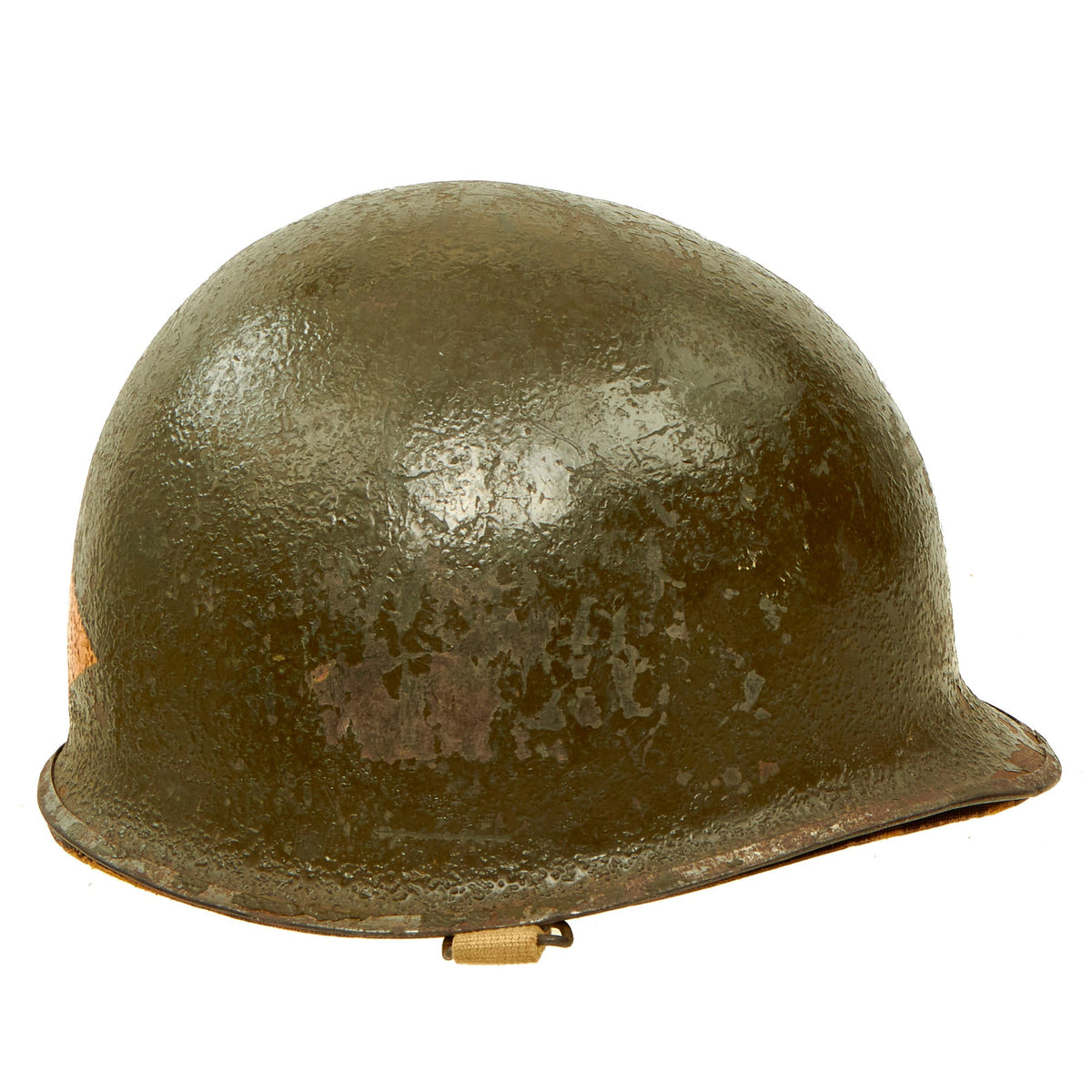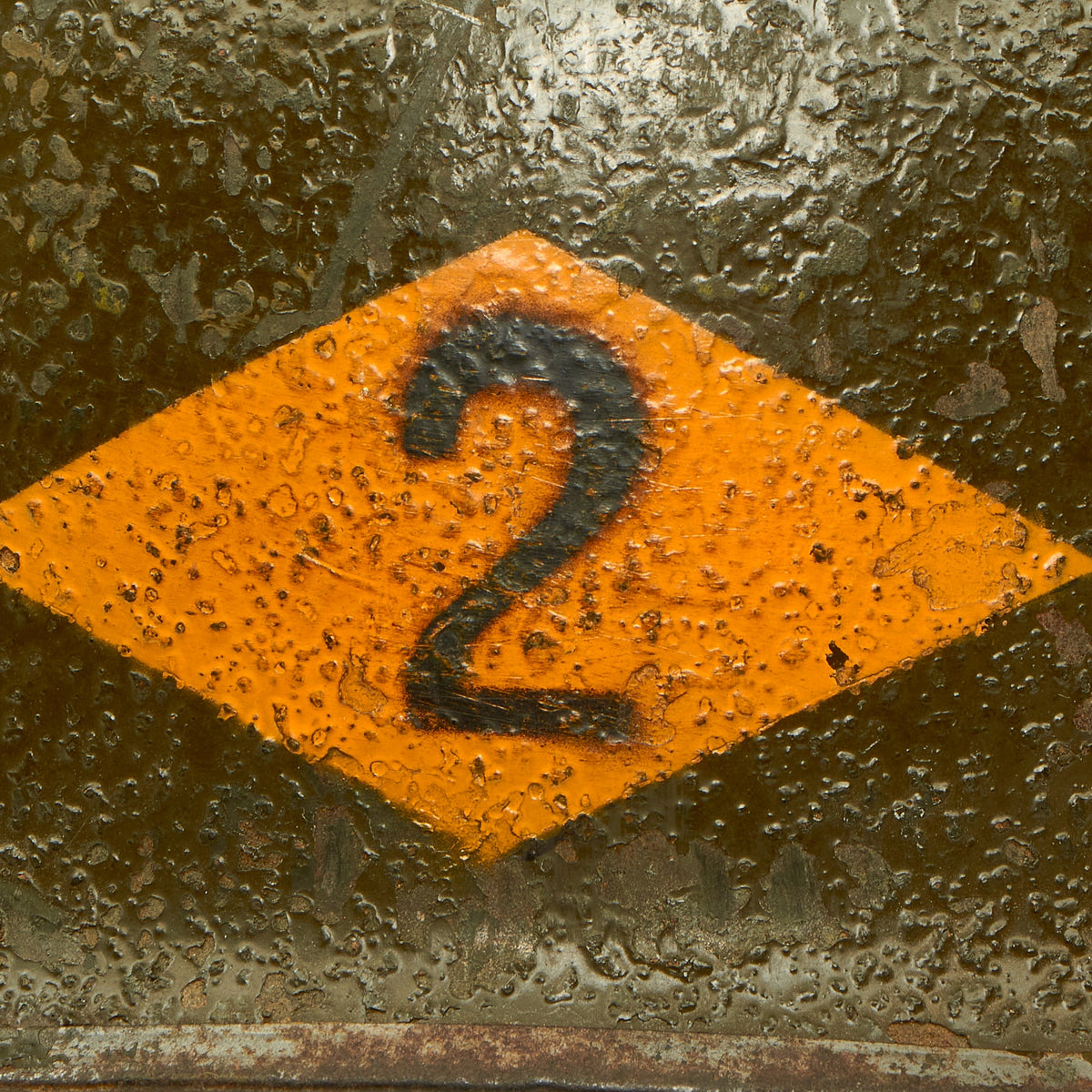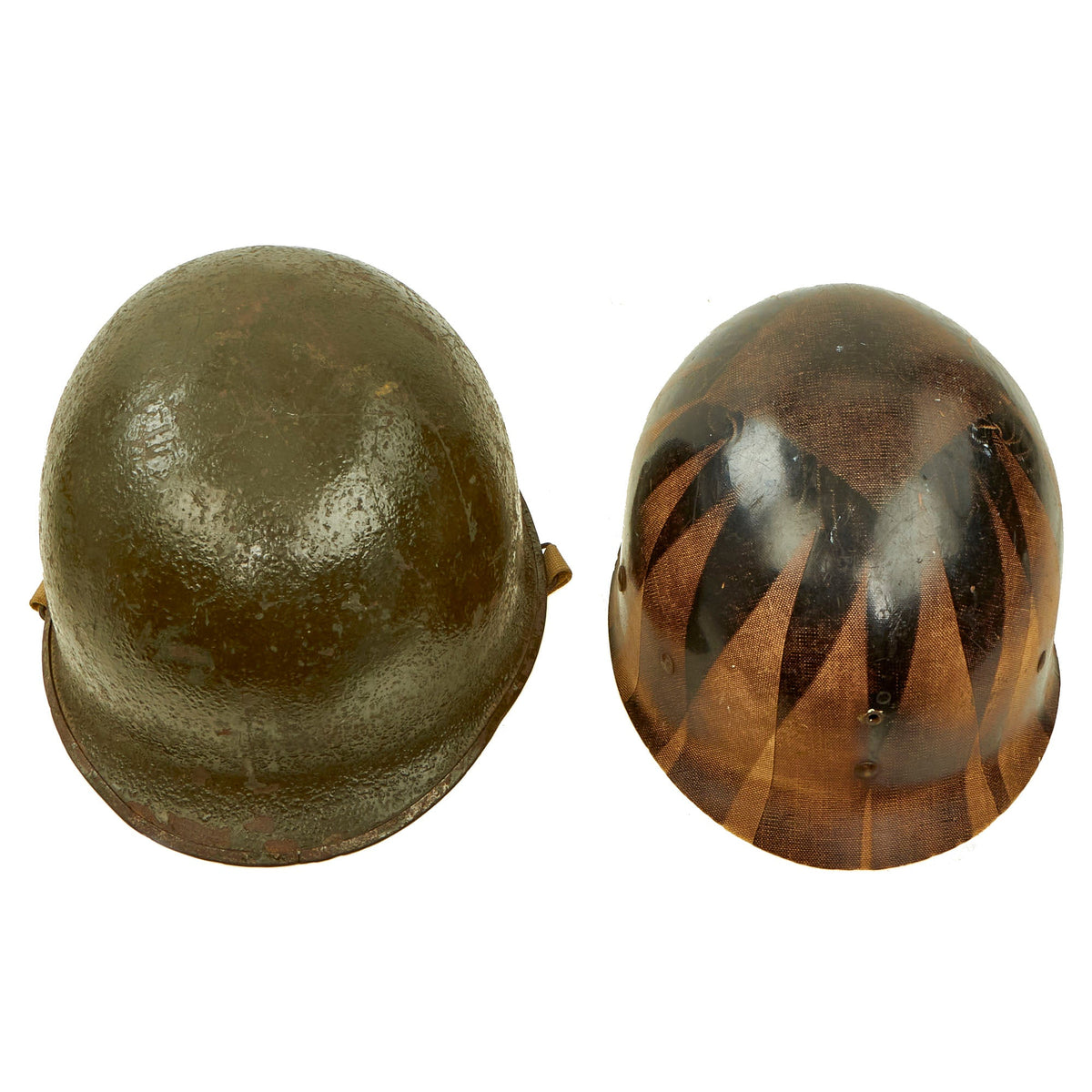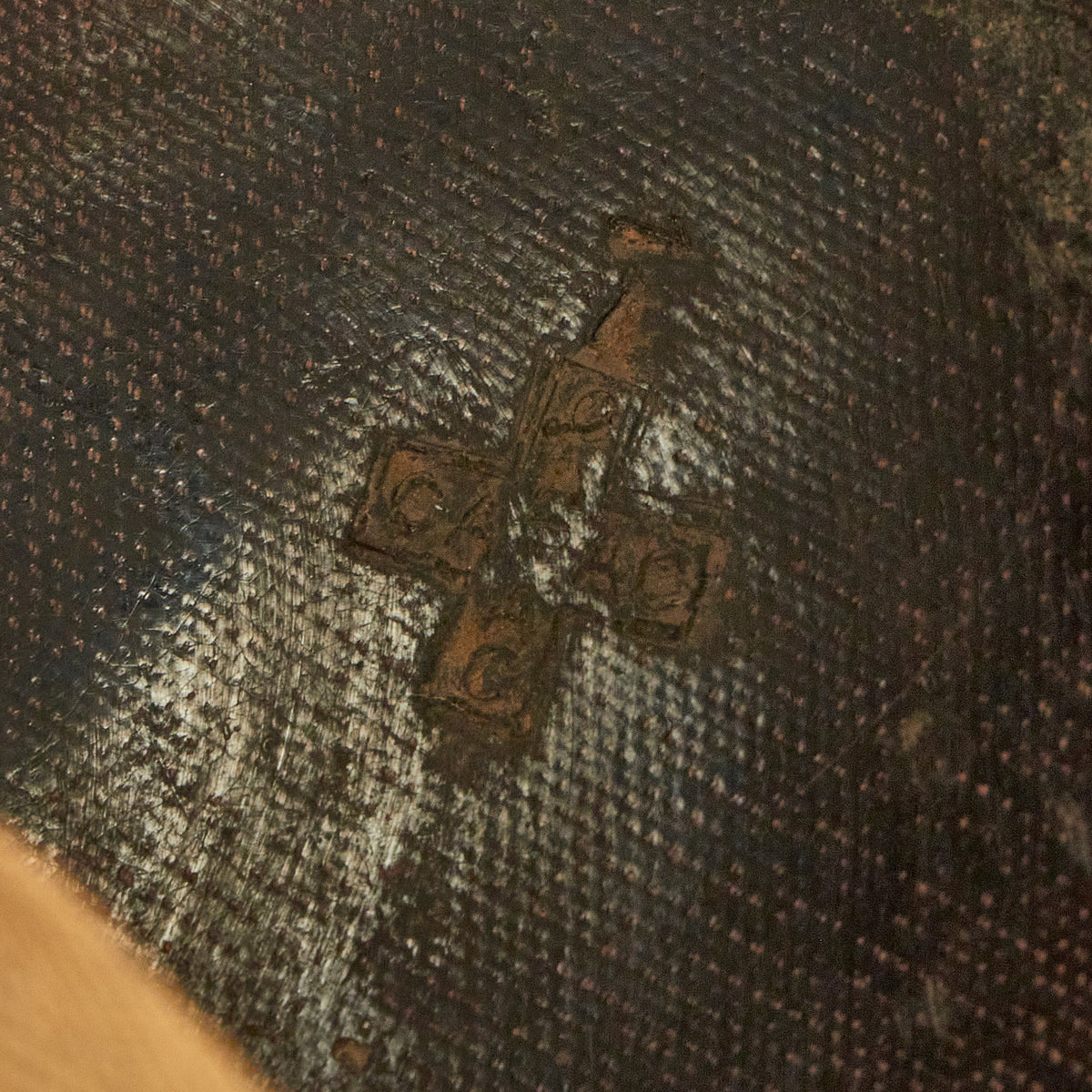Original Film Prop US WWII Saving Private Ryan 2nd Ranger Battalion M1 Helmet With Original WWII CAPAC Liner Original Items
$ 495,00 $ 148,50
Original Item: Only One Available. This is one of the original prop helmets used during the filming of “Saving Private Ryan”. There are not any original property department stamps on the inside of the shell, and the outside was painted with <2> 2nd Ranger Battalion markings on the rear. The shell itself is a copy of an original WWII Swivel Bale. Like most helmets used in the production, a variety of shells and liners were used. Liners used were a wide variety, ranging from original WWII production, Vietnam era, 1980s, foreign clones, etc. The particular liner in this helmet that was used was an original WWII era CAPAC liner.
There is unfortunately no provenance we can provide for this helmet, aside from the source from which it came, which is why we are able to offer it at such an attractive price. It should be noted that when these items were originally sold back in 1998, none of these items were accompanied by a Certificate of Authenticity. They were originally sold on the reenactor market, as reenactors at the time, it was believed, would make the ideal customer who could repurpose these goods. The inside of the shell does not have a visible “SPR” stamp but it does have the appearance of having multiple markings on the interior of the shell.
Comes more than ready for display.
On 1 April 1943 the 2nd Ranger Battalion was formed at Camp Forrest, Tennessee, along with the 5th Ranger Battalion. Both battalions were officially activated in September 1943 and shipped to Great Britain where they were prepared for Operation Overlord as part of six Ranger battalions of the Second World War.
On 6 June 1944, Dog, Easy, and Fox Companies, commanded by Lieutenant Colonel James Rudder, landed at Pointe du Hoc from LCA landing craft and specially modified DUKW “Ducks” operated by the Royal Navy. The 225 Rangers had set off from Britain to launch an assault upon the cliffs overlooking the English Channel. In order to augment the strength of the 2nd Battalion, members of the Provisional Ranger Group were assigned as well. Several landing craft containing Rangers and supplies capsized in the stormy waters and many Rangers drowned due to heavy equipment, but others were saved and hoisted into other DUKWs to participate in the attack. The Rangers had planned to land at the base of the cliffs at 0600 hours, however, because of a navigational error, they landed nearly an hour late. This cost the lives of more Rangers as well as the element of surprise. During the attack, the 190 remaining Rangers scaled the cliffs utilizing rope ladders, but only 90 Rangers were still able to bear arms after two days of relentless fighting. During the assault, 2nd Battalion managed to achieve their primary objective, disabling a battery of 155mm French artillery captured by the Germans. These guns were to be aimed at Utah Beach, however, the Rangers prevented their use, saving American lives on the shores of Normandy.
Fast Shipping with Professional Packaging
Thanks to our longstanding association with UPS FedEx DHL, and other major international carriers, we are able to provide a range of shipping options. Our warehouse staff is expertly trained and will wrap your products according to our exact and precise specifications. Prior to shipping, your goods will be thoroughly examined and securely secured. We ship to thousands clients each day across multiple countries. This shows how we're dedicated to be the largest retailer on the internet. Warehouses and distribution centres can be located throughout Europe as well as the USA.
Note: Orders with more than one item will be assigned a processing date depending on the item.
Before shipping before shipping, we'll conduct a thorough inspection of the items you have ordered. Today, the majority of orders will be delivered within 48 hours. The delivery time will be between 3-7 days.
Returns
The stock is dynamic and we cannot completely manage it because multiple stakeholders are involved, including our factory and warehouse. So the actual stock may alter at any time. It's possible that you may not receive your order once the order has been made.
Our policy is valid for a period of 30 days. If you don't receive the product within 30 days, we are not able to issue a refund or an exchange.
You can only return an item if it is unused and in the same state as the day you received it. You must have the item in its original packaging.
Related products
Uncategorized
Angolan Rebel 1970s era 60mm Inert Display Mortar from Angolan Civil War Original Items
Uncategorized
Uncategorized
Uncategorized
Uncategorized
Uncategorized
Uncategorized
Uncategorized
Uncategorized
Armored Burgonet Helmet & Polearm from Scottish Castle Leith Hall Circa 1700 Original Items
Uncategorized
Uncategorized
Armoured Fighting Vehicles of the World: AFVs of World War One (Hardcover Book) New Made Items
Uncategorized
Uncategorized
Uncategorized
Uncategorized
Uncategorized
